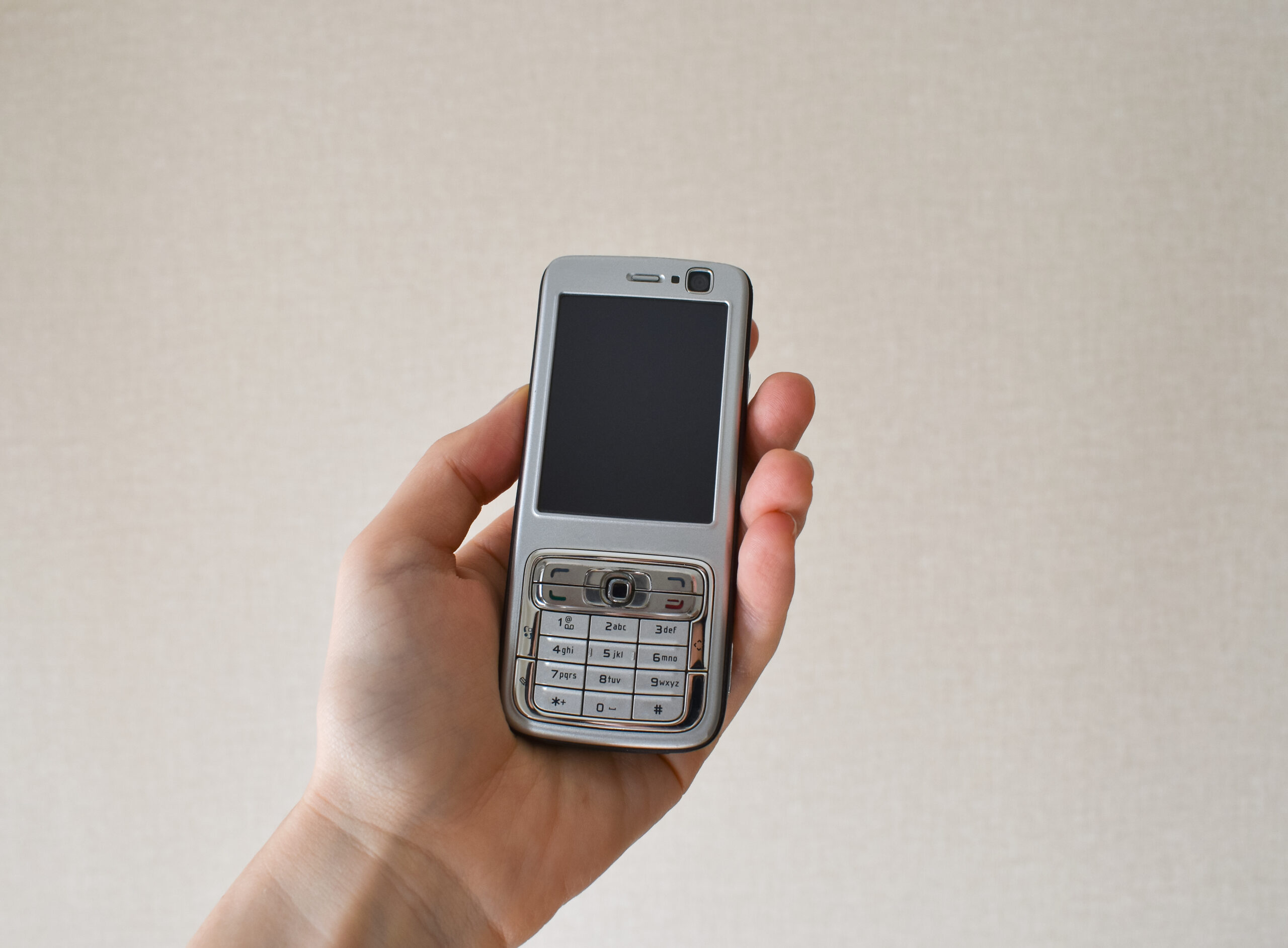How do I ensure that my patient uses a walker correctly and safely?
Ensuring that a patient uses a walker correctly and safely is crucial for maintaining their independence and preventing falls. Here are some steps to help you guide your patient in using a walker effectively:
## Choosing the Right Walker
First, it’s important to select a walker that is appropriate for your patient’s needs. There are different types of walkers available, such as standard, rolling, and folding models. Each type has its own advantages, so consider what would work best for your patient’s mobility and lifestyle.
## Fitting the Walker
Proper fitting is essential for safe and effective use. To fit a walker, have your patient stand up straight and wear the shoes they will normally use for walking. Adjust the walker so that the handles are at a comfortable height, allowing your patient to stand with their elbows slightly bent. This will help them maintain good posture and balance.
## Using the Walker Correctly
Teach your patient to use the walker by following these steps:
– **Start with small steps**: Encourage your patient to take small steps when moving with the walker. This helps maintain balance and reduces the risk of tripping.
– **Keep the walker close**: Instruct your patient to keep the walker close to their body, especially when turning or navigating tight spaces.
– **Use handrails when available**: If there are handrails, such as on stairs or ramps, encourage your patient to use them in addition to the walker for extra support.
– **Avoid overreaching**: Remind your patient not to overreach or lean forward while using the walker, as this can lead to loss of balance.
## Safety Precautions
To ensure safety, remind your patient to:
– **Clear pathways**: Keep walkways clear of clutter, cords, and slippery substances to prevent tripping or falling.
– **Use traction aids**: In icy or slippery conditions, suggest using traction devices like slip-on cleats or non-slip mats to improve stability.
– **Stay alert**: Encourage your patient to stay alert and watch for obstacles, especially in unfamiliar environments.
## Regular Checks
Regularly check the walker for any damage or wear. Ensure that all parts are securely attached and functioning properly. This includes checking the wheels, brakes, and any other moving parts.
By following these guidelines, you can help your patient use a walker safely and effectively, promoting their independence and reducing the risk of falls.





